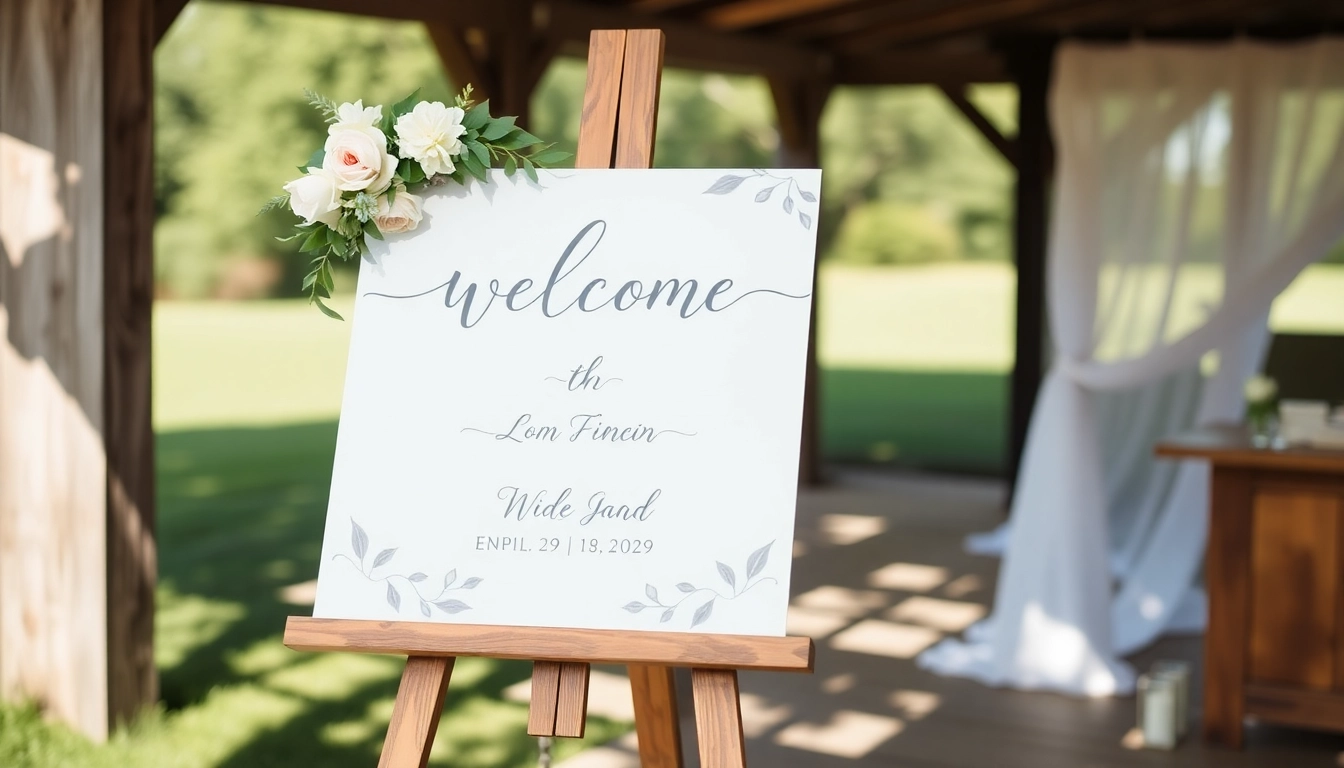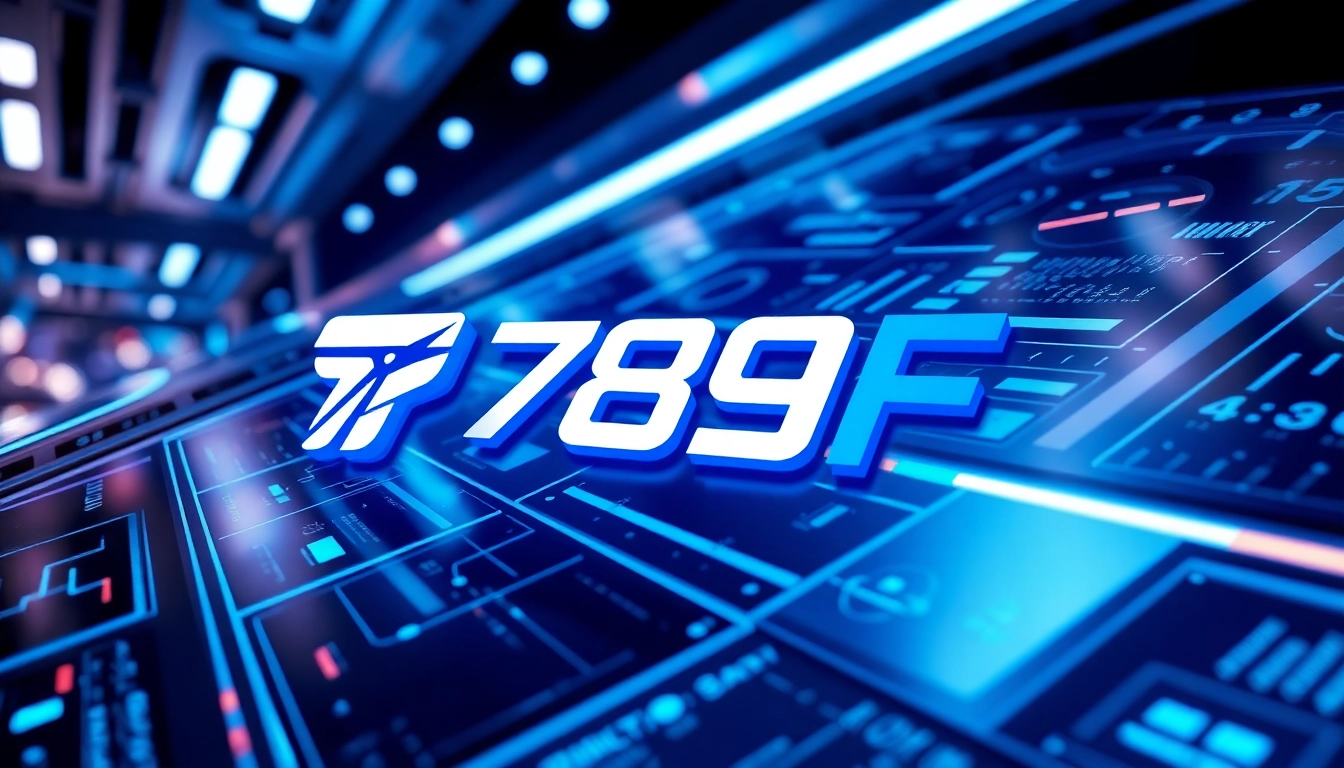Introduction to Wedding Welcome Signs: Setting the Tone for Your Celebration
Every memorable wedding begins with a warm welcome, and one of the most effective ways to greet your guests is with a beautifully designed wedding welcome sign. These signs serve as the first point of visual contact, setting the aesthetic tone and atmosphere for your entire celebration. They are more than mere logistical tools—they are a reflection of your personality, style, and the ambiance you wish to convey. A thoughtfully crafted welcome sign not only guides guests but also acts as a stunning piece of decor that enhances your venue’s overall charm. In this comprehensive guide, we will explore everything you need to know about wedding welcome signs—from their importance to design tips, material options, placement strategies, and post-event preservation—empowering you to create a sign that leaves a lasting impression.
The Importance of a Warm Greeting at Your Wedding
Imagine arriving at a wedding venue and being greeted by a personalized sign that instantly makes you feel appreciated and excited. A wedding welcome sign is more than a decorative element; it establishes the mood and tone of your celebration. It offers a warm, inviting message that makes guests feel at home, creating a sense of belonging from the moment they arrive. Beyond just saying “Welcome,” these signs reflect your personality, your relationship, and the theme of your wedding. Whether playful, elegant, rustic, or modern, a well-designed welcome sign communicates your wedding’s unique story and sets expectations for the festivities ahead.
Research indicates that guest experience dramatically improves when there are clear and warm visual cues at the entrance. It reduces confusion, enhances flow, and builds anticipation. Moreover, it provides a perfect opportunity for couples to showcase their creativity through customization, making the event memorable and photo-worthy. In fact, according to industry experts, a good wedding sign can significantly increase guest engagement and joy, which are crucial components of a successful wedding day.
Types of Wedding Welcome Signs and Materials Available
Overview of Popular Sign Types
The diversity of wedding welcome signs is vast. From classic wooden plaques to sleek acrylic displays, the choice depends on your style, venue, and budget. Common types include:
- Acrylic Signs: Known for their modern, polished look, acrylic signs come in clear, frosted, or metallic finishes. They allow for vibrant designs and are highly durable, perfect for both indoor and outdoor use.
- Wooden Signs: Offering a rustic, charming appeal, wood signs can be painted, stained, or engraved. They complement outdoor, barn, or vintage wedding themes beautifully.
- Foam Board Signs: Lightweight and affordable, foam board signs are easy to transport and set up. They can be printed with high-quality graphics or hand-painted for a personalized touch.
- Mirror Signs: Elegant and eye-catching, mirror signs add a luxe feel, especially with metallic or custom etching. They instantly elevate the wedding aesthetic.
- Fabric or Textile Signs: With a more casual, DIY vibe, fabric signs can be handcrafted and personalized for a unique touch.
Material Options and Their Unique Benefits
Each material brings its own set of advantages and considerations:
- Acrylic: Resistant to weather, available in customized colors, and excellent for intricate designs. Ideal for modern or upscale venues.
- Wood: Eco-friendly, versatile in style, and customizable with paint or engravings. Perfect for rustic or outdoor weddings.
- Foam Board: Budget-friendly and lightweight, suitable for temporary setups or DIY projects.
- Glass or Mirror: Adds elegance and sophistication, but requires careful handling and professional installation.
Summary of Material Selection Tips
Your choice of material should align with your wedding theme, venue conditions, budget, and desired longevity. For outdoor weddings, weather-resistant options like acrylic or treated wood are recommended. Indoor events can enjoy delicate materials like mirror or glass. Additionally, consider how much customization you need; some materials lend themselves better to intricate designs or personalization.
Designing the Perfect Wedding Welcome Sign: Tips and Inspiration
Choosing the Right Size and Style for Your Venue
The size of your sign significantly impacts its visibility and aesthetic harmony with your venue. The most common sizes are 18×24 inches and 24×36 inches, offering good readability without overpowering the space. For larger venues or outdoor settings, bigger signs like 30×40 inches may be appropriate, ensuring the greeting is visible from a distance. Style-wise, consider your wedding’s theme: a sleek modern font matches contemporary venues, while ornate calligraphy suits vintage or romantic settings. Remember that proportions should complement your space—avoid signs that are too small or overly massive.
Incorporating Personal Touches: Names, Dates, and Messages
Personalization elevates your wedding welcome sign from generic to special. Typical elements include your names, wedding date, and venue location. However, adding a heartfelt message or a quote can further inject personality. For example, phrases like “Together Forever” or “Love Begins Here” can resonate with your theme. Be mindful of typography—select clear, legible fonts, mixing decorative scripts with easy-to-read serif or sans-serif fonts for balance. Use contrasting colors to enhance visibility and add decorative elements like floral illustrations, icons, or monograms for visual interest.
Popular Design Elements and Trends in Wedding Signs
Current trends favor minimalist designs with elegant typography, geometric accents, and nature-inspired motifs. Metallic foils, pressed flowers, and acrylic inlays are popular embellishments. Incorporating trending color palettes—such as blush pinks, deep greens, or warm neutrals—can tie your sign seamlessly into your overall wedding decor. Hand-lettered or calligraphy styles add a bespoke touch, especially in a DIY or semi-custom approach. On the other hand, some couples opt for vintage-inspired signs with distressed finishes or ultra-modern, sleek designs to match their aesthetic.
Material Options and Customization for Your Wedding Sign
Acrylic, Wood, Foam Board: Pros and Cons
Choosing the right material is crucial for durability, appearance, and budget considerations. Here’s a detailed comparison:
| Material | Advantages | Disadvantages |
|---|---|---|
| Acrylic | Modern look, weather-resistant, vibrant printing options | Costlier, prone to scratching if not handled carefully |
| Wood | Warm, rustic appeal, eco-friendly, customizable | Heavy, can be expensive depending on type |
| Foam Board | Lightweight, inexpensive, easy to customize | Less durable outdoors, susceptible to damage |
Color Palettes and Fonts That Match Your Wedding Theme
Design consistency is key. For a romantic garden wedding, soft pastels and delicate script fonts work beautifully. For a modern urban celebration, bold monochromes with sleek sans-serif fonts create a chic vibe. Classic black and white offers timeless elegance, while metallic accents like gold or silver foil add luxury. When selecting fonts, combine a decorative script for headings with a simple serif or sans-serif for readability. Always test the final design in situ to ensure it complements your surroundings.
Adding Decorative Elements: Flowers, Ribbons, and Lights
Enhance your sign with decorative touches that match your overall decor. Small floral embellishments, greenery garlands, or pressed flowers lend a romantic or rustic feel. Ribbons and bows can add softness or color accents. Incorporating LED fairy lights or backlighting makes the sign stand out, especially for evening or outdoor weddings. Avoid overcrowding; aim for a balanced look where decorative elements complement rather than overshadow the message.
Placement and Installation: Ensuring Your Sign Looks Perfect
Best Locations for Guest Visibility and Impact
The placement of your welcome sign is critical for guest flow and visual impact. Ideal locations include:
- Entrance or driveway: The first thing guests see — a welcoming grand gesture.
- Reception or ceremony entry: To direct guests or mark the transition space.
- Photo backdrop: Positioned to serve as a beautiful photo op, ensuring your sign shows prominently in wedding photos.
Ensure the sign is unobstructed, well-lit, and at eye level for maximum visibility. If outdoors, consider natural framing with greenery or floral arrangements to draw attention.
Tips for Durable and Secure Setup
For outdoor or high-traffic areas, stability is key. Use sturdy stands, easels, or mounts designed for your material. If hanging, secure with weatherproof hooks or cords. For permanent setups, fasten with nails or brackets, ensuring the sign won’t topple in wind or heavy activity. We recommend weighty bases or sandbags for stands, and safety measures such as anti-slip pads or anchors for outdoor environments.
Lighting and Backdrop Ideas to Highlight Your Sign
Proper lighting emphasizes your welcome sign, especially at dusk or evening. Use uplights, string lights, or lanterns to illuminate the sign gently. For a dramatic effect, incorporate backlit options like LED strips or spotlights. Backdrops such as floral arches, draped fabrics, or greenery walls can frame your sign beautifully, making it a focal point. Coordinate lighting and backdrop elements with your overall wedding decor to maintain visual harmony.
Maintaining and Preserving Your Wedding Sign Post-Event
Cleaning and Storage Tips
After the celebration, take care to preserve your wedding sign to keep it looking pristine. For acrylic or glass signs, wipe with a soft, damp cloth and mild soap; avoid abrasive cleaners. Wooden signs can be gently dusted and treated with wood polish if necessary. Foam boards should be stored flat, inside a protective cover to prevent bending or damage. Keep your sign in a cool, dry place away from direct sunlight to avoid warping or discoloration.
Re-purposing or Framing Your Sign as a Memory Piece
Many couples choose to frame or mount their wedding welcome sign as a cherished keepsake. It can be displayed as wall art in your home or a dedicated wedding album. If the sign is made of wood or metal, consider sealing it with a protective finish before framing to preserve colors and surface quality. Reusing the sign for anniversary parties or family gatherings can add sentimental value.
Sharing Your Sign’s Design and Inspiration on Social Media
Your wedding sign is a perfect visual story to share with friends and followers. Photograph it creatively—pair it with your bouquet, in front of the venue or with guests—and post on social media platforms. Tag vendors, designers, or print shops to showcase your personalized creation. Sharing your experience can inspire others and even attract new ideas for future weddings.

